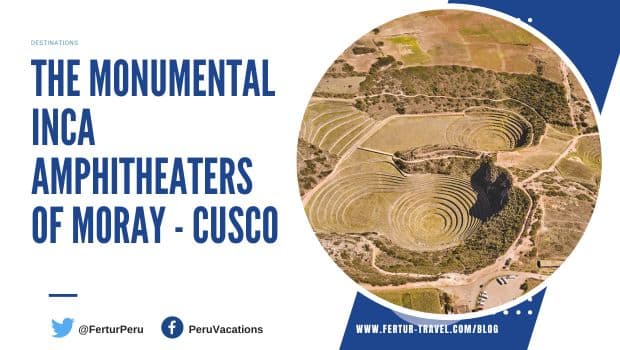
Visit Moray: Inca ruins on par with Pisac & Machu Picchu
Stand at the rim of Quechuyuc Muyu, peer down at the the central terraced monument of Moray and you will be awestruck.
Images of the unique circular terraces, which have sparked countless theories and hypotheses about their purpose and function, are abundant on the Internet, but they can’t begin to do the actual site justice.
Moray is considered a must-see destination for many travelers on their way to Machu Picchu. The shorthand description about Moray provided by most guides goes as follows:
Moray is a 120-feet (37 m) deep, open air Inca greenhouse. The lower terraces create their own micro-climates. The site is about 11,500 ft (3,500 m) above sea level, but the temperature inside the structure gets so warm, you could cultivate jungle fruits on the lower terraces.
This general premise, accepted by most Cusco guides, is the subject of some debate. So, let’s take a look at the history, purpose, and significance of the Moray site, as well as explore the best time and ways to visit.
Overview of the history, purpose and tour options of Moray
- Rediscovery of Moray in 1931
- Origins of the Inca Ruins of Moray
- Crops Cultivated by the Inca at Moray
- Scientific Debate About Moray: Inca Experimental Greenhouse or Ceremonial Center
- An Alternative Theory about the Inca Ruins of Moray
- Choosing the Best Time to Visit Moray
- Adapting to the Altitude at Moray
- Exploring the Wonders of Moray
Rediscovery of Moray in 1931
For 400 years, the Inca engineering marvel was shrouded in obscurity, completely overlooked by the scientific community and wider world until 1931.
That’s when American geologist Robert Shippee and U.S. Navy pilot Lt. George Johnson flew over the site as part of an aerial photographic expedition of the Andes.
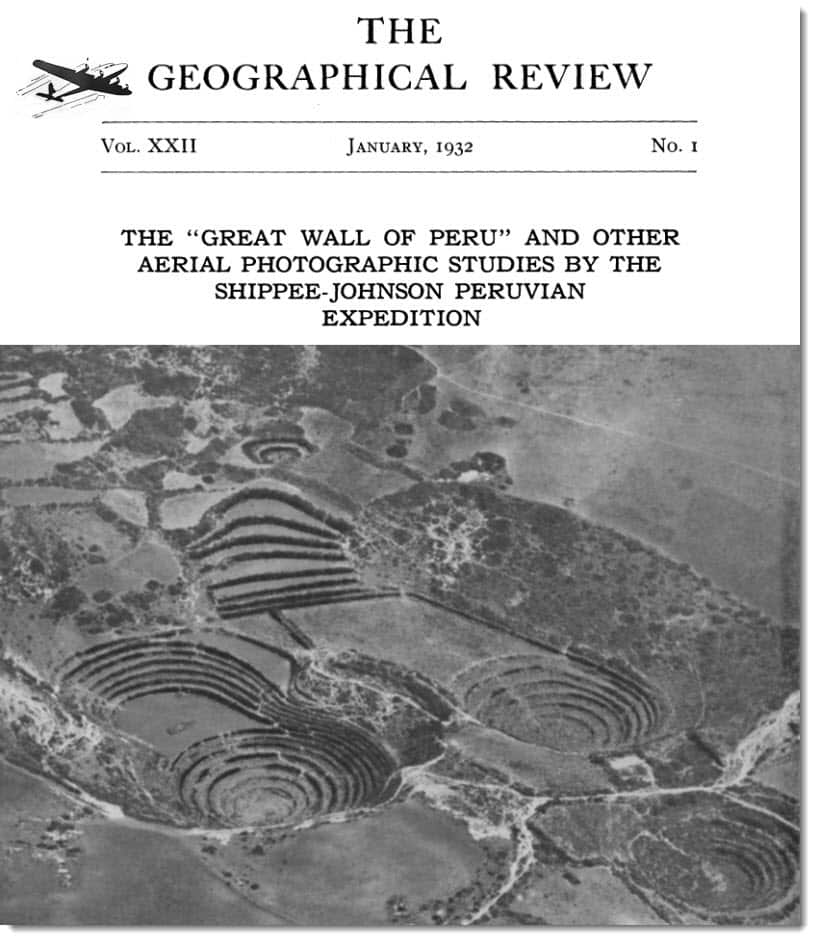
The images of the three immense, and one smaller, set of perfect concentric circles, monumentally carved into the terrain, marked a major archaeological discovery.
Shippee and Johnson revealed the astounding aerial expedition photos of Moray to the world a year later in the Geographical Review.
They described the site as, “A group of amphitheaters on the Maras Pampa about fifteen miles northwest of Cuzco that seem to have escaped the notice of archeological explorers of the region.”
“The priests in a church in Cuzco knew of their existence and said they had been used by the Incas for religious presentations during their fiestas,” Shippee wrote. “We have, however, not been able to find any mention of them in the literature on the region.”
Origins of the Inca Ruins of Moray
Moray is located at the northeastern base of Wayñunmarka Mountain, roughly halfway between the Inca capital Cusco and Machu Picchu. Inca civil engineers constructed the geometric landscape masterpiece we see today during the 15th and early 16th centuries.
However, extensive research and archaeological evidence suggest that the bottom six terraces at Moray were constructed by the Huari, a pre-Inca culture, between the 6th and 10th centuries.
Covering 92 acres, the four terraced sinkholes — known as Muyus — range from 130 to nearly 400 feet in diameter.
Crops Cultivated by the Inca at Moray
The agricultural terraces were fed by a complex drip irrigation system, the remains of which are clearly visible today. Small holding reservoirs, hydraulic channels and carved stone “paqcha” conduits controlled the flow of natural spring water to a mathematically precise trickle.
If left to flow unabated, the water would quickly erode the terraces and the muyus would revert to their natural state — massive, and massively unstable, sink holes.
The prevailing theory goes that the Inca plugged the sink holes with a mega drainage and soil system, then tested their crop varieties on Moray’s ancient terraces, which today are known locally as “the greenhouse of the Inca.”
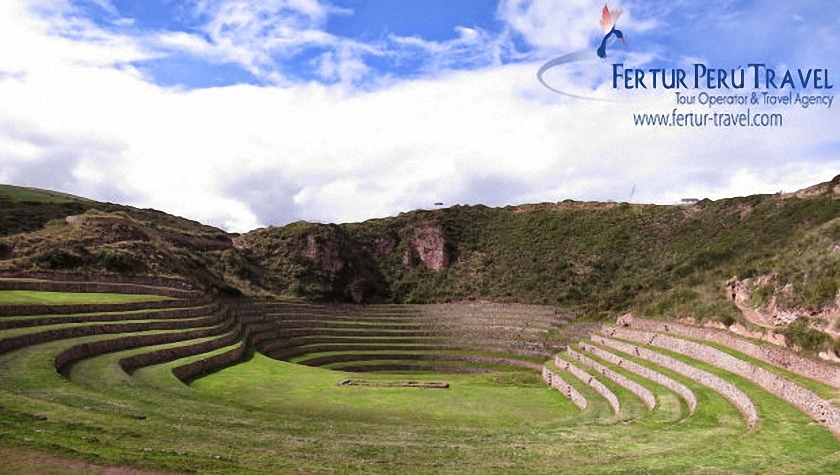
Many historians and scientists believe the Inca conducted experiments to determine which varieties of grains, beans, potatoes and — most importantly — maize were best adapted to different combinations of temperature and altitude. Strains that could resist frost, and excessive or deficient rainfall, in hot and cold years were cultivated.
Additionally, the Incas may have experimented with Amazonian plants that thrived in milder temperatures.
The temperature variance between the highest and lowest terrace at Moray is another fascinating aspect of the Inca monument. With a difference of 41°F (5°C), each terrace experienced distinct microclimates, providing the Incas with valuable insights into the optimal growing conditions for different crops.
The sun’s angle and intensity also varied across the terraces, further contributing to the cultivation experiments conducted by the Incas
Mastery of agriculture across a vast empire, including punishing Andean terrain, is what allowed the Inca to successfully feed 12 million subjects.
Scientific Debate About Moray: Inca Experimental Greenhouse or Ceremonial Center
Prof. John Earls, at Pontificia Universidad Catolica del Peru, led a study in the 1980s, measuring the soil temperatures of the Moray terraces. His data appeared to confirm that the Inca designed stable micro-climates at different terrace levels in various sectors of the muyus.
Above the rim of the terraces, the 11,600-foot plateau of the Pampa de Maras has an average monthly temperature of 60 degrees Fahrenheit, which dips considerably at night, occasionally below freezing, during the South American winter months of May through July.
Earls found that below the rim, the giant inverted concentric cone platforms offer a range of micro-climates, with differing soil temperatures and humidity levels.
As would be expected, the temperature at the rim can be 27 degrees Fahrenheit cooler than at the bottom, 40 yards below.
The nearly perfect concentric retaining walls open up to the sky in such a way that during the midday zenith of the sun, there are no shadows on any terrace at any level.
Yet, Earls found that in specific sectors of the muyus, the temperatures were remarkably warmer at the middle four terraces than the lower four terraces.
He theorized that Inca agronomists measured temperature differences by placing containers of water to freeze at night on the terraces, then checked rates of thaw after the morning sunrise.
Keeping a calendar of the seasons for planting and harvest was also an important part of the picture at Moray. Just like at other Inca monumental structures, beams of sunlight and columns of shadow take on purposeful astronomical significance during the day of the winter solstice, as well as the Sept. 22 and March 21 equinoxes.
An Alternative Theory about the Inca Ruins of Moray
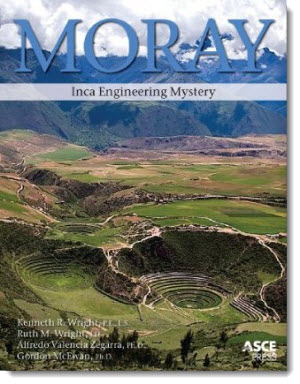
In 2011, water engineer Kenneth R. Wright and his photographer, travel writer wife, Ruth Wright, along with archaeologists Alfedo Valencia Zegarra and Gordon McEwan, published a fascinating book Moray: Inca Engineering Mystery.
The Wrights and their co-authors respectfully disagreed with Prof. Earls’ conclusions.
They argue that Moray was not in fact an agricultural experimental greenhouse, but instead a more strictly religious and ceremonial center. They also maintain that Moray was left unfinished after Inca construction of the site was interrupted in 1532 by the Spanish Conquest.
The book offers great insight into the planning, hydrology and construction of Moray. It also includes an excellent Moray walking tour description.
Choosing the Best Time to Visit Moray
The Moray ruins, located in the Sacred Valley, boast a tropical mountain climate and sit at an elevation of 11,500 ft (3,500 m) above sea level. When planning a visit to this remarkable site, it is essential to consider the weather conditions and the impact of altitude on your experience.
Moray experiences two distinct seasons: the dry season and the wet season.
The dry season, which lasts from April/May to October, is generally considered the best time to visit. During this period, the weather is sunny, and there is minimal precipitation.
However, it is worth noting that the dry season coincides with the peak tourist season in Peru, and the sites may be more crowded.
On the other hand, the wet season, spanning from November to March, offers a different perspective of Moray. Despite the heavy rainfall, the lush greenery and vibrant landscapes create a picturesque setting. If you don’t mind occasional showers and prefer a quieter atmosphere, visiting during the wet season can be a unique and rewarding experience.
Adapting to the Altitude at Moray
The high altitude of Moray and its proximity to Cusco necessitate careful consideration of the potential effects of altitude sickness. As you ascend to higher elevations, your body receives less oxygen per breath, potentially leading to symptoms such as headaches, nausea, and shortness of breath. However, with proper preparation and acclimatization, you can minimize the impact of altitude sickness during your visit to Moray.
If you have already spent a couple of days in Cusco, visiting the ruins should not pose significant concerns.
Exploring the Wonders of Moray
Beyond the captivating archaeological site, Moray offers a variety of exciting activities to experience the vast beauty of the Sacred Valley.
Mountain Biking
One of the most exhilarating ways to reach Moray is on a mountain bike. Embark on a guided mountain biking tour and venture off the beaten path, traversing rugged terrains and enjoying the spectacular landscape. Whether you opt for a group tour or a private adventure, there are various routes to choose from, each offering a unique perspective of the region.
ATV Tours
For those seeking an adrenaline rush, an ATV tour is an excellent choice to discover the wonders of Moray and its surroundings. Starting from Chinchero, approximately an hour away from Cusco, these tours take you on an exhilarating journey, allowing you to explore not only Moray but also the Maras salt mines. Marvel at the stunning salt wells formed by natural processes and soak in the mesmerizing views of the Andean region. With an experienced guide leading the way, you can enjoy the highlights of the area while ensuring your safety.
Horseback Riding
The tranquil community of Piscuyo is where you can embark on a horseback riding adventure to Moray. Begin with a one-hour uphill ride, ascending to the highest point on the trail, where you will be treated to breathtaking views of the surrounding mountain peaks. The path then winds along the mountain plateau, leading you to the enchanting Moray ruins. Experience the beauty of the Sacred Valley on horseback and create unforgettable memories along the way.
Culinary Experimentation at MIL Restaurant
Located on the edge of the Moray ruins, MIL Restaurant offers a unique gastronomic experience that combines the rich history of the site with innovative culinary creations. Founded by renowned chef Virgilio Martinez in 2018, MIL continues the agricultural experiments initiated by the Incas centuries ago. Indulge in an 8-course tasting menu featuring high-quality, locally sourced ingredients, and savor the flavors of the Andes. A visit to MIL Restaurant is a culinary journey that complements your exploration of Moray.
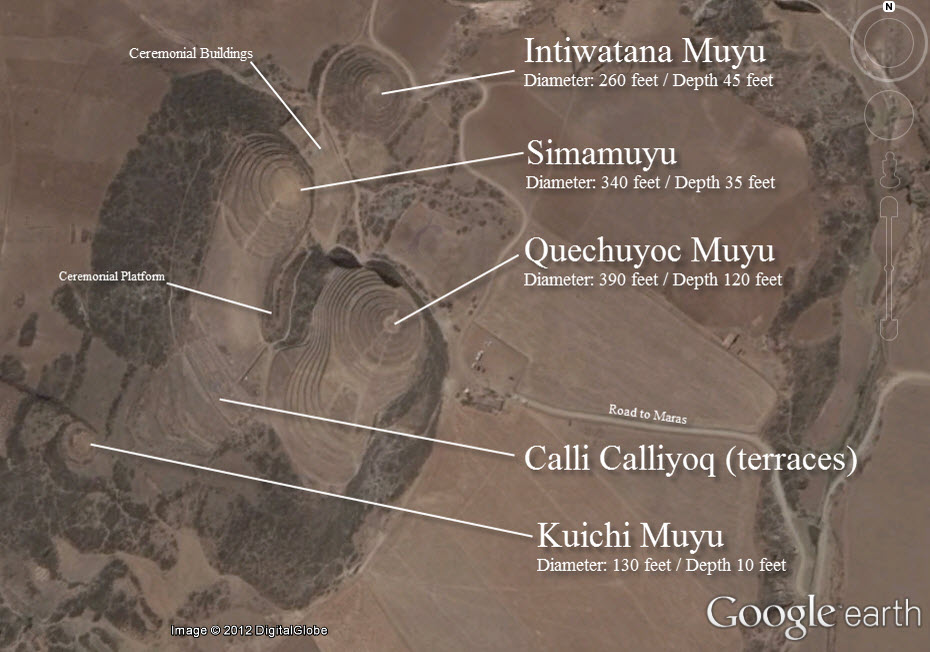
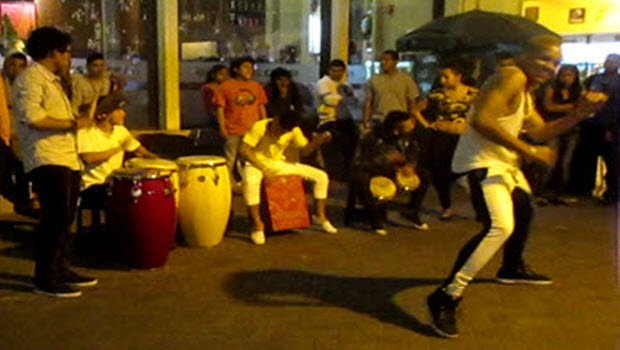 Trip to Peru: Lima’s street theatre renaissance
Trip to Peru: Lima’s street theatre renaissance 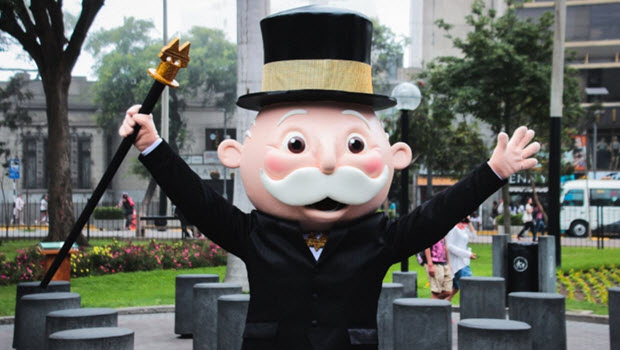 Lima voted TOP property in MONOPOLY HERE & NOW: World Edition
Lima voted TOP property in MONOPOLY HERE & NOW: World Edition 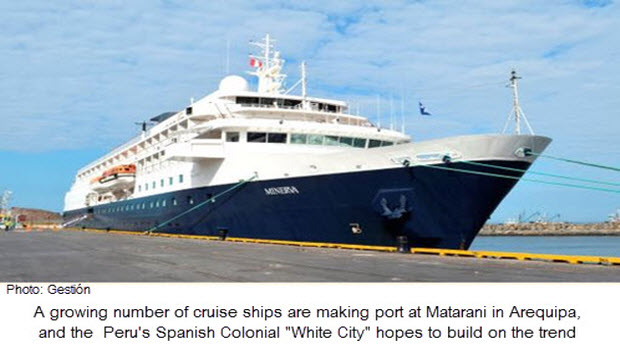 Make Arequipa a port of call on a luxury cruise vacation
Make Arequipa a port of call on a luxury cruise vacation 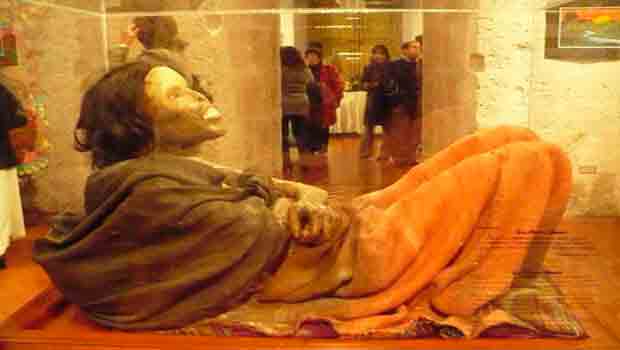 Arequipa tour attraction Juanita mummy placed in deep freeze
Arequipa tour attraction Juanita mummy placed in deep freeze 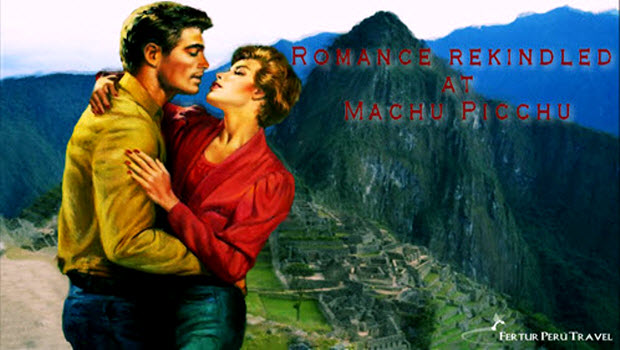 The romantic journey to Machu Picchu
The romantic journey to Machu Picchu 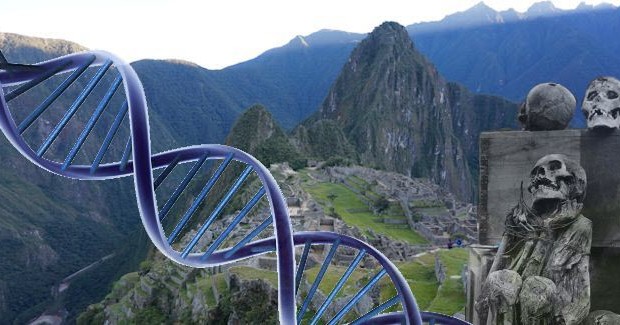 Scientists to Study Ancient DNA to Unravel the Mystery Of Machu Picchu
Scientists to Study Ancient DNA to Unravel the Mystery Of Machu Picchu 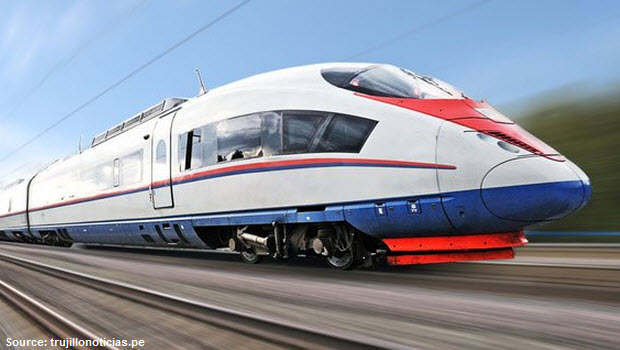 Travel News: Coast Rail planned for Peru
Travel News: Coast Rail planned for Peru 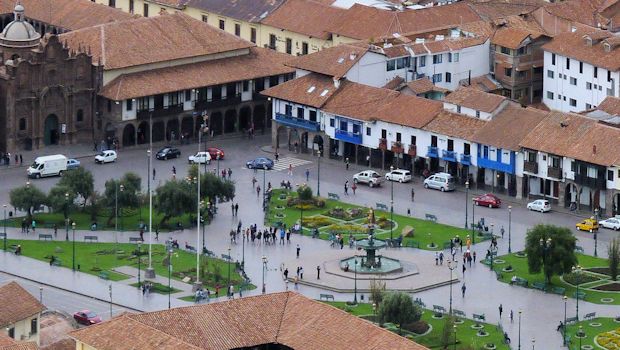 Pilot project: Cusco’s main plaza a vehicle-free pedestrian zone
Pilot project: Cusco’s main plaza a vehicle-free pedestrian zone